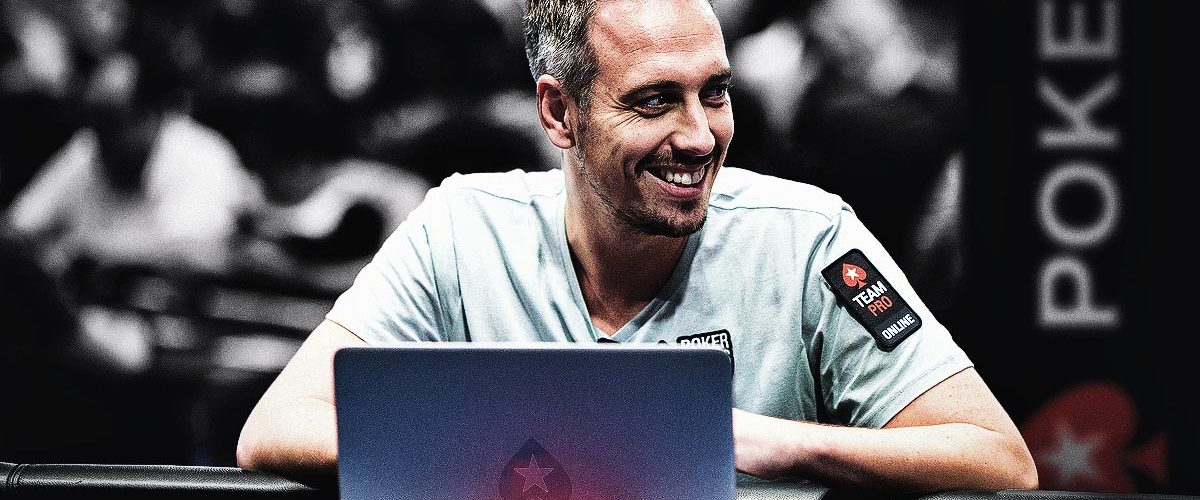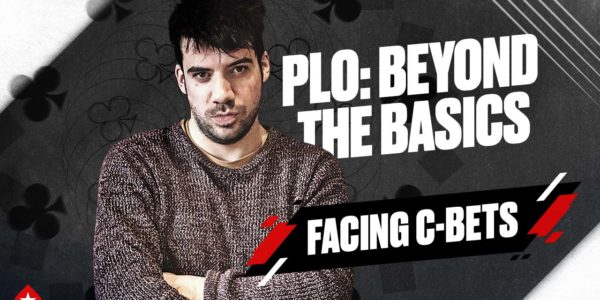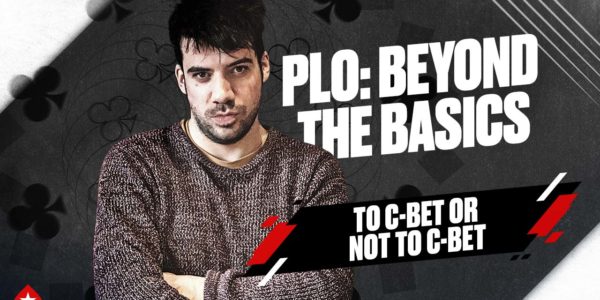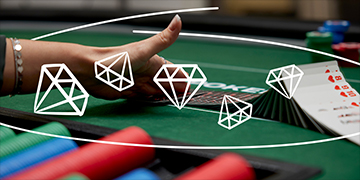Four Tips for Switching to PLO
Moving from NLHE to PLO can be a daunting process. With four hole cards instead of two there are many more starting combinations and pre-flop and post-flop traps to navigate. Here are some tips to help you make the transition from two cards to four.
1. You are Allowed to Fold to 3-Bets…..Sometimes
Hero opens in the SB to 3BB with 9♠ 7♠ 7♦ 4♦ . This is a nice little late position hand and a very openable from here. The BB 3-bets to 12BB and we are faced with an awkward decision. Our 9BB call will represent 9/24 or 37.5% of the total pot, which means that we need 37.5% pot share to get out money back and break even on the call. Against a hand with two aces and two other random cards our equity is 37% which brings us close to our target, one problem here however, is that we cannot realise all of this equity due to being out of position and being likely to face post-flop aggression.
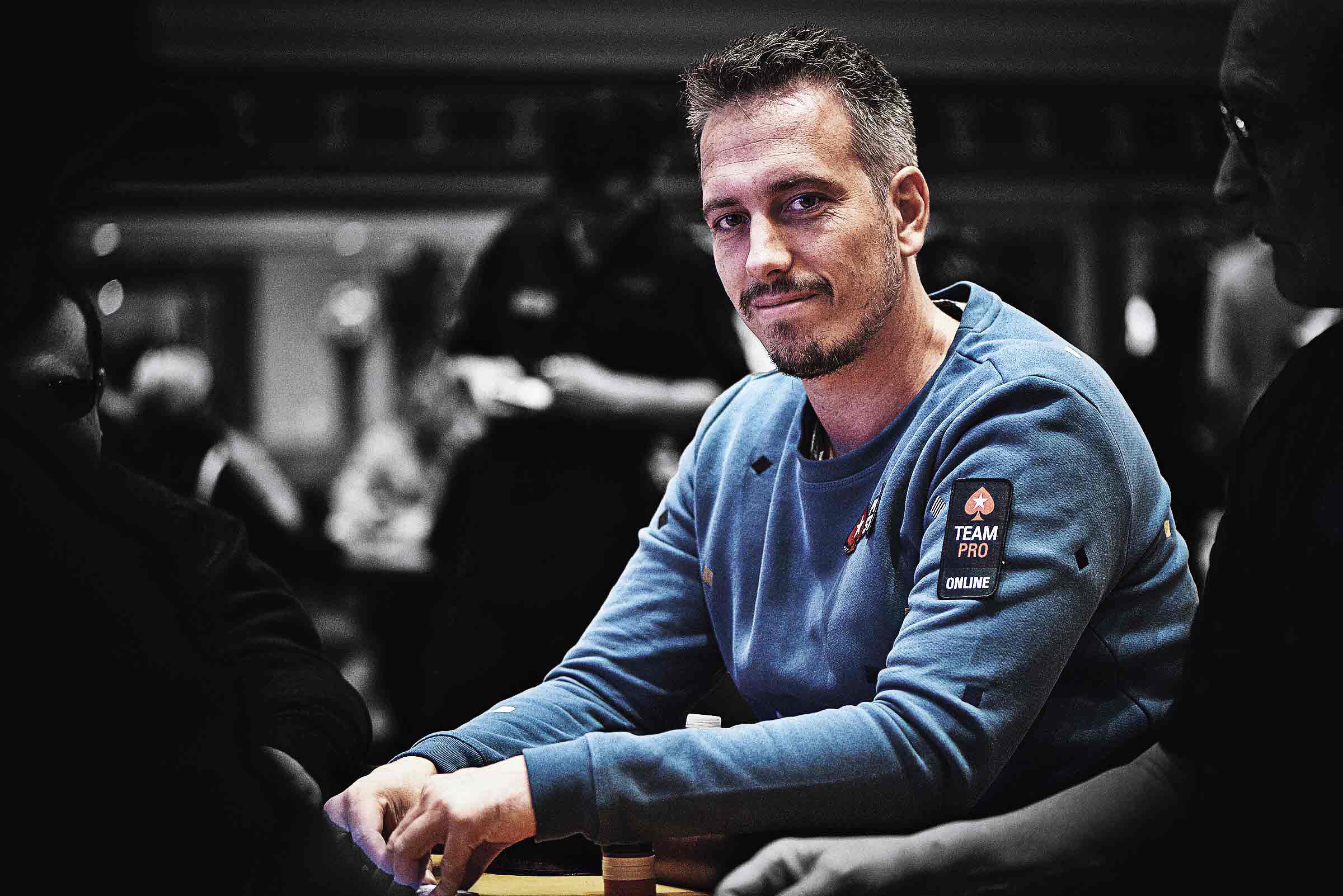

Furthermore, Villain is likely 3-betting a lot more hands than just aces; so how do we fare against his ‘weaker’ stuff? Against AKJ7 with a heart suit, we have even less equity – just 34%.
What’s worse is that being out of position makes is very hard to get paid off even if we do land a big flop. Moreover, our suits are very low and can be subject to what we call reverse implied odds – where we flop a good hand but Villain flops a better one.
Hero should fold this lousy hand to the 3-bet – too many factors are negative despite being close to our equity target.
2. Bluff a Lot vs. Passive Lines
In lower stakes Omaha games, players tend to have two things in common. Firstly, since Omaha is a drawing game, players obsess over protecting their hands from draws. They are very likely to start betting and raising with strong hands, leaving their checking and calling ranges weak. One exception to this would be when they check to the pre-flop raiser on the flop, or to the flop aggressor on the turn.
Hero calls in the big blind with 10♣ 9♣ 6♦ 5♥ when BU opens to 3.5BB (pot). The flop comes J♠ 8♠ 2♦ and both players check. The turn brings the A♣ and Hero checks again. Hero wants to have a high checking frequency here with his range because the ace turn tends to favour the pre-flop raiser. The pot is 7.5BB and Villain bets 3.5BB. Hero raises to 12BB. What makes this semi-bluff a reasonable idea? Well, Villain would surely have bet the flop very often with sets and two pair and probably AJxx most of the time. His turn betting range is extremely weighted towards single pair hands such as AKxx and AQxx. Nut spade draws are also quite likely to have bet the flop. What we have here is an opponent with a mostly capped range. As long as we can dodge two pair, our fold equity should be good here. We could play all of our sets this way since we are checking most of our range on the Ace turn.
3. Pot Control with Overpairs on Bad Flops
Hero opens A♣ A♥ 7♣ 5♥ on the CO. This is a very premium starting hand and oneethat will net us a lot of money in this position. The BB calls and unfortunately, the flop comes a ghastly J♠ 9♠ 7♦ . The main thing to acknowledge here is that many of our opponent’s combinations have just leapfrogged us in equity. Against some of them, we are drawing close to dead. We also unblock a lot of the cards that form monster hands and draws here. We should be thankful that we have position and take a free card. If the turn is safe, we can call a bet and might consider betting for protection facing a second check; but on many turns, we will be very glad that we did not bet the flop.
Holdem players might wince at the thought of giving a free card on such a wet board, but in Omaha the draw is king and your opponent can hold draws that have you in pretty bad shape already. Moreover, if he raises some of these draws you will have to fold having already invested money, and that is a lot worse than getting to see the turn for free and sometimes getting drawn out on.
When many draws are correct to call your flop bet and might raise you sometimes, it is usually better not to bet marginal hands on wet flops.
4. Beware of Bad Flushes
Villain opens the BU to 3.5BB and Hero calls with 8♣ 7♣ 6♦ 2♦ . The flop comes Q♣ 9♣ 9♥ and Villain bets 5BB into 7BB. Hero decides to float here, although this is marginal and folding is probably better with such a poor draw and nothing else going for us. The turn is the 10♦ and it goes check-check. Villain’s range has now become capped and Hero plans on bluffing most rivers given that he has about as little showdown value as possible.
The river brings the J♣ completing some flushes and straights as well as a few full houses combination for Villain’s range. It is certainly feasible that he checked back some J9 combinations on this scary turn. The main point here is that our flush is still a weak hand. The problem with checking, however, is that we will need to check/fold and we’ll miss out on getting value from straights. Hero decides to block bet for 5BB into the pot of 16BB. Villain raises to 19BB and Hero’s fold is automatic. The problem with this hand is the overrating of the flush draw on the flop. A bad flush draw on a paired board in PLO is a very weak holding.


